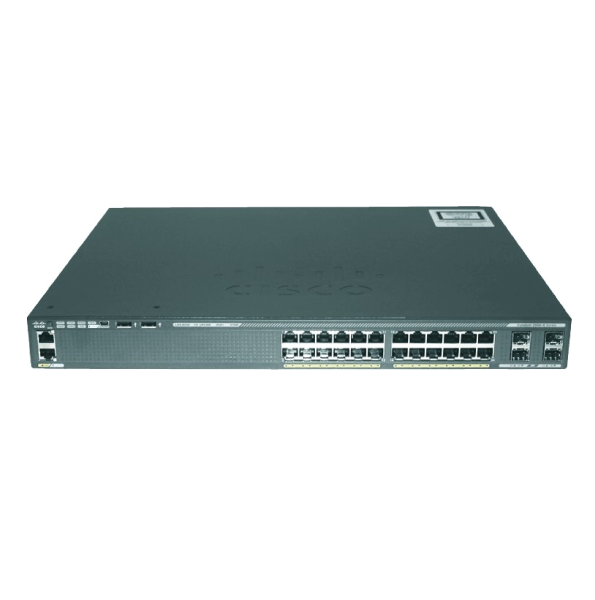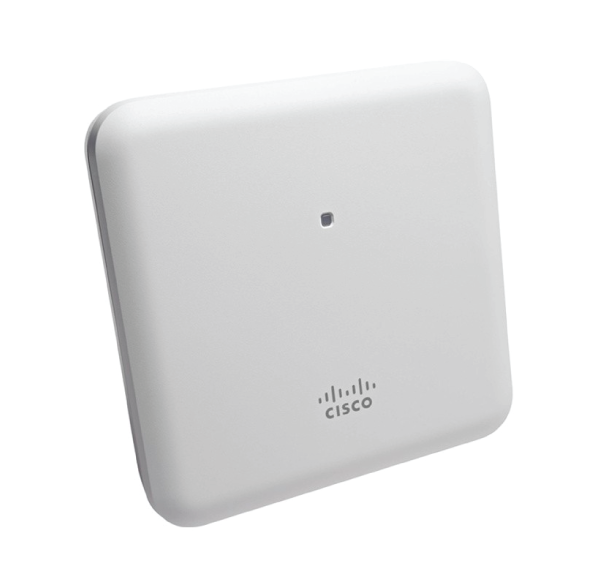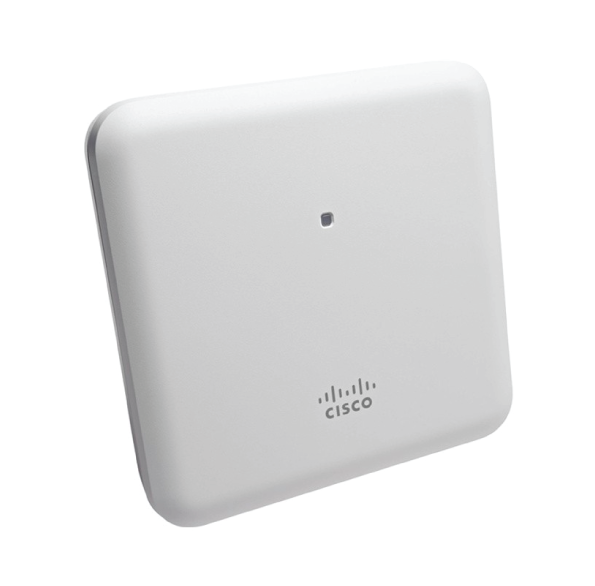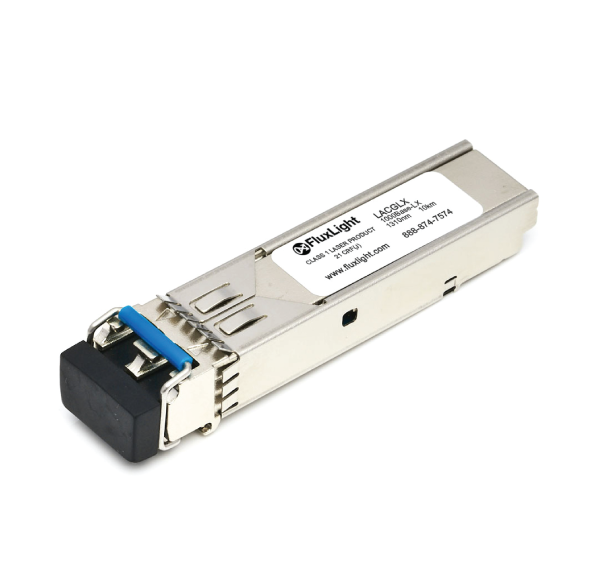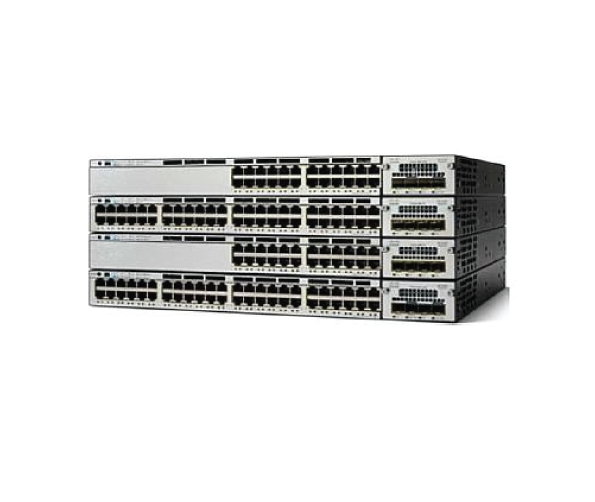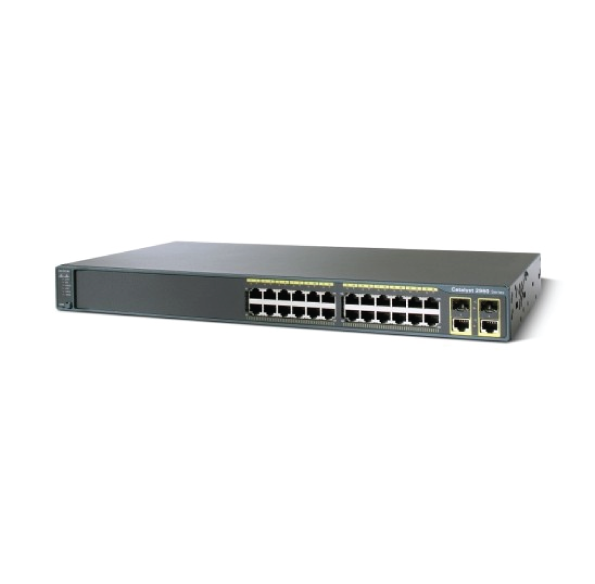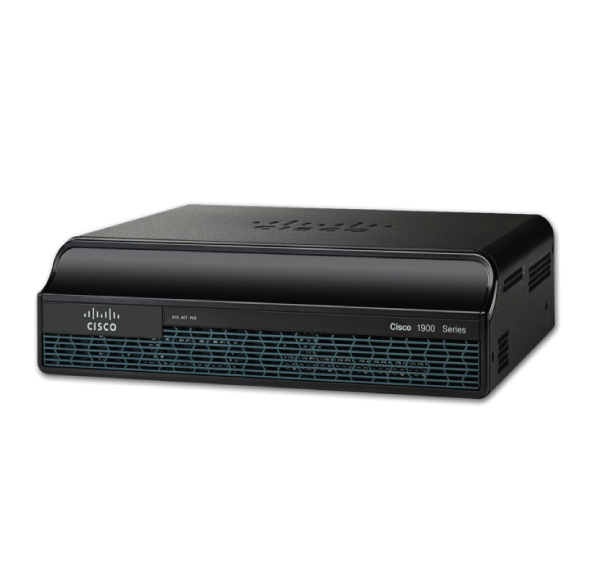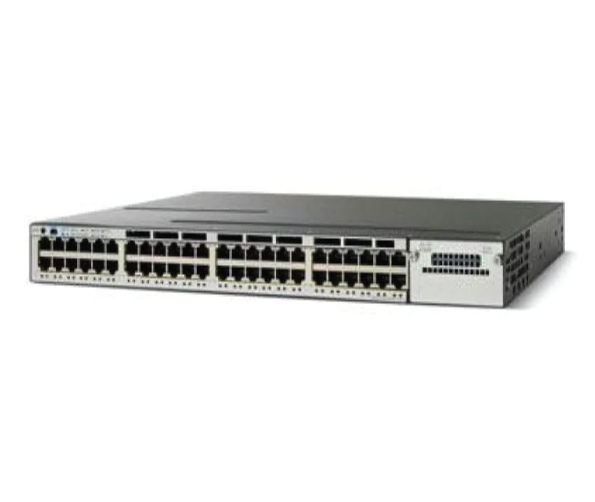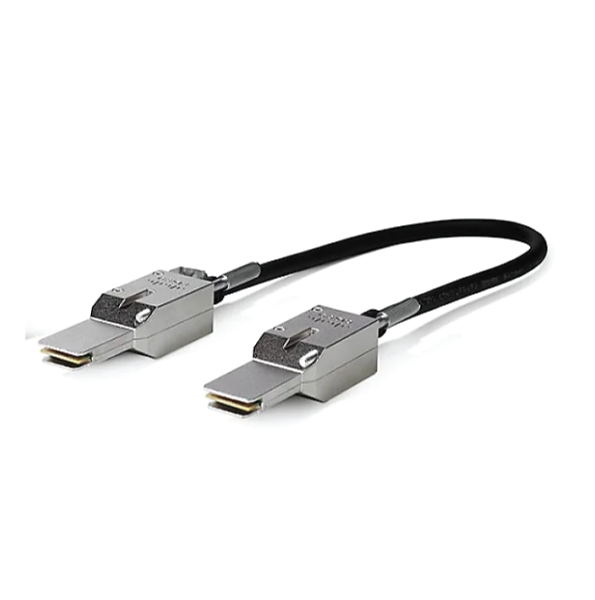Aironet 1850 series access points deliver leading performance through 802.11ac Wave 2 80 MHz wireless support and features such as Cisco CleanAir, ClientLink 2.0, and VideoStream technologies.
AIR-AP1852I-E-K9:
– internal antennas
– 802.11ac Wave 2
– Power over Ethernet
– 2 Gigabit Ethernet and USB 2.0 ports
Product Details
Table shows the AP LED indicators’ descriptions.
| Message Type | LED State | Message Meaning |
| Association status | Chirping Green | Normal operating condition, but no wireless client associated |
| Green | Normal operating condition, at least one wireless client association | |
| Boot loader status | Green | Executing boot loader |
| Boot loader error | Red | Boot loader signing verification failure |
| Access point
regulatory domain priming status |
Blinking Amber | AP priming to a new regulatory domain by Neighbor Discovery Protocol (NDP), in progress |
| Cycling Red, Green and off | AP waiting to be primed | |
| Chirping Red | AP primed to a wrong regulatory domain | |
| Operating status | Blinking amber | Software upgrade in progress |
| Cycling through green, red, and amber | Discovery/join process in progress | |
| Rapidly cycling through red, green, amber, and off. | Access point location command invoked from controller web interface. | |
| Access point operating
system errors |
Cycling through red, green, amber, and off | General warning; insufficient inline power |
Note:
AUX (Auxiliary) port appears in the wireless controller user interface as GigabitEthernet1. This port, along with the PoE-In port, is used for Link Aggregation. This port is disabled when using 802.3af (15.4W) power.
AIR-AP1852I-E-K9 Specification |
|
| Description | 802.11ac Wave 2 Access Point, 4×4:4, Internal-Ant, E Regulatory Domain |
| Software | Cisco Unified Wireless Network Software Release with AireOS wireless controllers:
8.1 MR1 or later for the Cisco Aironet 1850 Series Access Points |
| Regulatory Domain | E (E regulatory domain):
– 2.412 to 2.472 GHz; 3 channels – 5.180 to 5.320 GHz; 8 channels – 5.500 to 5.700 GHz; 8 channels (excludes 5.600 to 5.640 GHz) |
| Deployment modes | Centralized local, Standalone, Sniffer, Cisco FlexConnect, Monitor, OfficeExtend, Mesh |
| Supported wireless LAN controllers | Cisco 2500 Series Wireless Controllers, Cisco Wireless Controller Module for ISR G2, Cisco Wireless Services Module 2 (WiSM2) for Catalyst 6500 Series Switches, Cisco 5500 Series Wireless Controllers, Cisco Flex 7500 Series Wireless Controllers, Cisco 8500 Series Wireless Controllers, Cisco 5760 Series Wireless Controllers, Cisco Catalyst 3650/3850 Series switch with integrated controller
Cisco Mobility Express |
| 802.11n version 2.0 (and related) capabilities | 4×4 MIMO with four spatial streams
Maximal ratio combining (MRC) 20- and 40-MHz channels PHY data rates up to 600 Mbps (40 MHz with 5 GHz) Packet aggregation: A-MPDU (Tx/Rx), A-MSDU (Tx/Rx) 802.11 dynamic frequency selection (DFS) Cyclic shift diversity (CSD) support |
| 802.11ac Wave 1 and 2 capabilities | 4×4 MIMO with four spatial streams, single-user MIMO
4×4 MIMO with three spatial streams, multiuser MIMO MRC 802.11ac beamforming (transmit beamforming) 20-, 40-, and 80-MHz channels PHY data rates up to 1.7 Gbps (80 MHz in 5 GHz) Packet aggregation: A-MPDU (Tx/Rx), A-MSDU (Tx/Rx) 802.11 DFS CSD support Rogue device detection |
| Integrated antenna | 2.4 GHz, gain 3 dBi, internal omni, horizontal beamwidth 360°
5 GHz, gain 5 dBi, internal omni, horizontal beamwidth 360° |
| Interfaces | 1 x 10/100/1000BASE-T autosensing (RJ-45), Power over Ethernet (PoE)
1 x 10/100/1000BASE-T autosensing (RJ-45), AUX (used for Link Aggregation) Management console port (RJ-45) USB 2.0 (enabled via future software) |
| Indicators | Status LED indicates boot loader status, association status, operating status, boot loader warnings, boot loader errors |
| Dimensions
(W x L x H) |
Access point (without mounting bracket): 8.3 x 8.3 x 2 in. (210.8 x 210.8 x 50.8 mm) |
| Weight | 3.12 lb (1.41 kg) |
| Environmental | Cisco Aironet 1850i
Nonoperating (storage) temperature: -22° to 158°F (-30° to 70°C) Nonoperating (storage) altitude test: 25˚C, 15,000 ft. Operating temperature: 32° to 104°F (0° to 40°C) Operating humidity: 10% to 90% (noncondensing) Operating altitude test: 40˚C, 9843 ft. |
| System memory | 1 GB DRAM
256 MB flash |
| Input power requirements | AP1850: 44 to 57 VDC
Power supply and power injector: 100 to 240 VAC; 50 to 60 Hz |
| Power draw | 20.9W
Note: When deployed using a Power over Ethernet (PoE) specification, the power drawn from the power sourcing equipment will be higher by some amount, depending on the length of the interconnecting cable. |
| Powering options | 802.3at
Enhanced PoE Cisco power injector, AIR-PWRINJ4= Cisco local power supply, AIR-PWR-C= Cisco power injector, AIR-PWRINJ5= (Note:this injector supports 802.3af only) 802.3af Note: If 802.3af PoE is the source of power, (1) the 1852e 2.4-GHz radio will shift to 2×3 from 3×4, (2) The USB port and AUX Ethernet port are disabled on both the 1852i and 1852e. |


